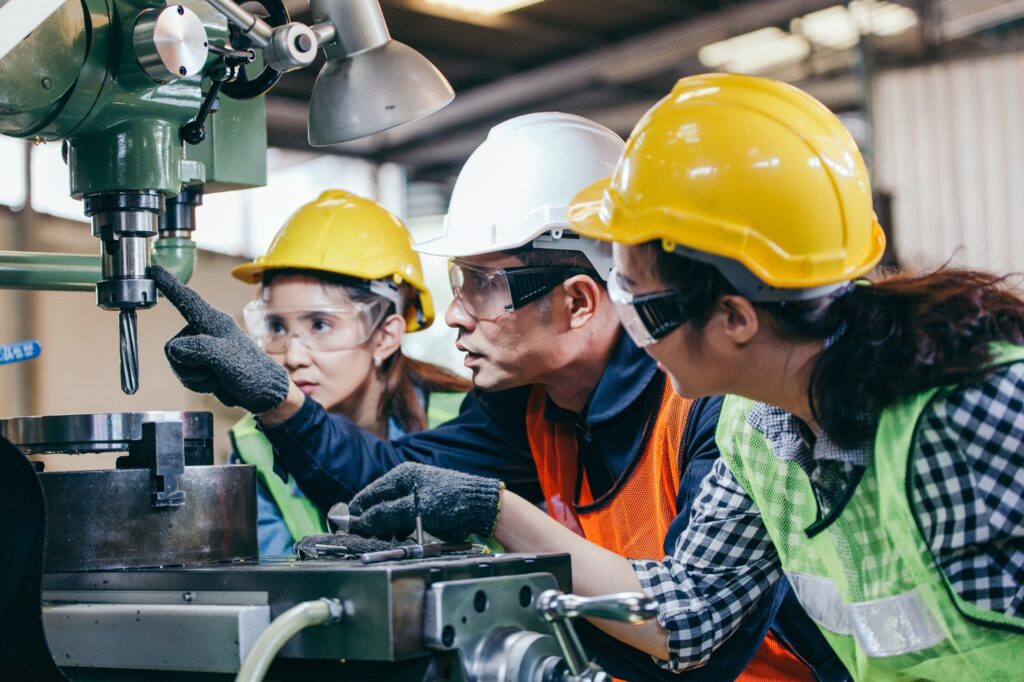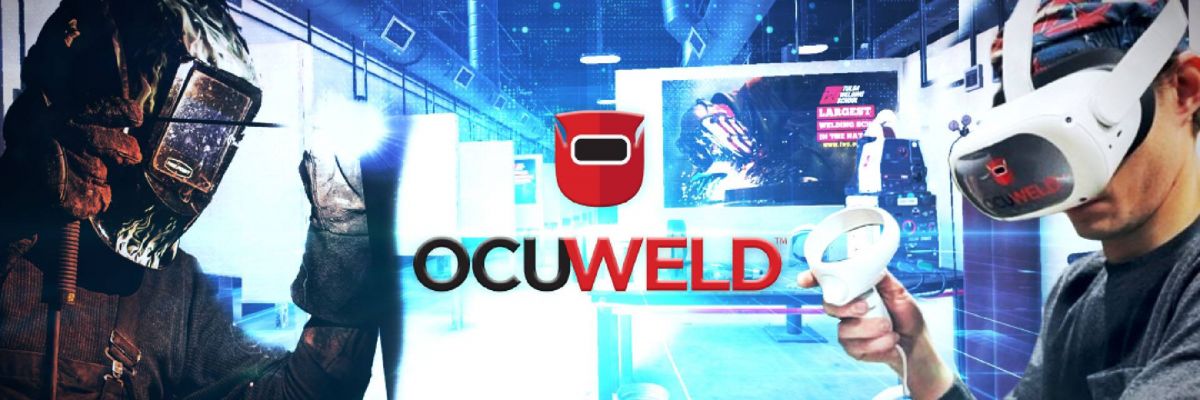TWS is a Great Training Option for Everyone
Learn more about how we can prepare you to advance your career.
Did you know that the Welding program at Tulsa Welding School offers virtual reality training? That’s right. You can use the Oculus headset to play “The Climb” and then turn around and learn how to weld. Tulsa Welding School uses OcuWeld to help you learn how to weld in a safe environment. Plus, you can access OcuWeld with or without WIFI. It enables you to practice your welding skills, and the Oculus Quest 2 is yours to keep.
What is Virtual Reality Training?
Virtual Reality (VR) is an advanced technology that provides realistic imagery by interacting through your senses. VR headsets offer a fully immersive, safe, and interactive environment to supplement classroom theory and real-world welding training. VR training bridges the gap between the classroom and the workshop. It allows you to put your skills to the test in a safe environment.
Why Virtual Reality Training?
OcuWeld engages you with the ideal blend of gamification and education. You will enjoy learning in a fun, highly interactive, dynamic environment mimicking real-world welding applications.
- It makes learning fun and interactive
- Creates an interest in learning for non-traditional students
- It allows learners to see real-world applications
- Offers real-time feedback
In addition to those key points, virtual reality has many other benefits. They include:
Have You Considered a Career in the Skilled Trades?
Fill out the form to recieve a no obligation info packet.
No Safety Concerns
VR can be much safer than in-field training, especially with welding. You won’t have to wear protective gear or worry about torch management. You can learn from your mistakes and not cause a catastrophic event because everything is simulated in virtual reality.
More Time Efficient
You can work with VR training anytime and anywhere. Whether in class under supervision by the instructor or in the comfort of your home, complete a quick lesson in welding between dinner and The Masked Singer.
Less Expensive

New: Industrial Maintenance
Learn About Our New Advanced Industrial Maintenance Program
Tulsa Welding School is proud to announce our newest program offering available at our Houston & Dallas Metro Campuses – Advanced Industrial Maintenance Technology! Learn the skills you need to take on the industries of manufacturing, distribution, energy production and facility maintenance in as few as 7 months.
Virtual reality training can be cheaper, even with the cost of a VR training headset and software. The cost of expensive welding equipment, safety gear, and welding materials is replaced by a headset and simulated welding torch.
Enhances Practical Skills
VR training offers immersive and hands-on training that may be difficult or risky in real life. Virtual reality provides instant feedback, allowing instructors to review your performance and offer criticism for better welding techniques.
Engages Students
You may be familiar with video games; virtual reality can make learning welding fun. VR can help create curiosity and creativity while offering practical training.
Helps Evaluate Students
Virtual reality training allows you and your instructor to collect and analyze data based on your actions, response times, and welding results. VR can help measure your accuracy, speed, and quality.
How is VR Training used in the Trade Profession?
Tulsa Welding School’s virtual reality training, powered by ForgeFX, is expanding access for its students in conjunction with Meta. TWS uses high-fidelity 3D graphics for a custom virtual welding training simulation.
Want to Learn More?
Ready to start a Professional Welder Program and engage in hands-on training in a virtual reality environment? Contact us today.
This blog has been labeled as archived as it may no longer contain the most up-to-date data. For a list of all current blog posts, please visit our blog homepage at https://www.tws.edu/blog/







